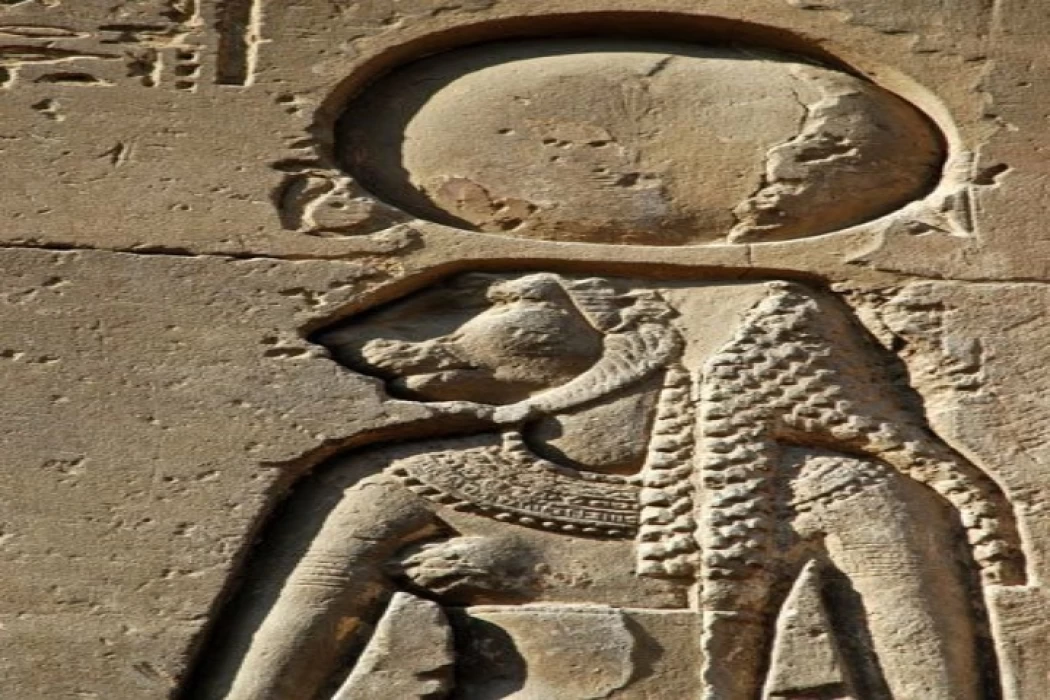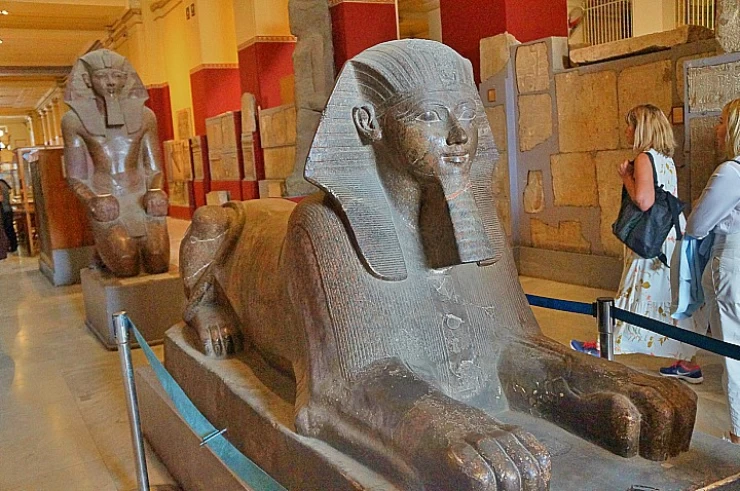
Menhit Goddess of War
Minto was a god of war in the form of a Falcon in ancient Egyptian religion. As it appears in the hieroglyphs on the left at the bottom, it is written (m—n—t—o). However, due to the absence of signs of movement in the ancient Egyptian language, it cannot be pronounced correctly, so it can also be referred to as Mont or Minto.
His name and combination with RA
And Montu was an ancient god, whose nomadic name means (more precisely) wandering on his face. Originally, it was a manifestation of the influence of the scorching Sun (Ra), and along these lines, he is often represented under the name (Mintu-Ra), and the destructive property of the scorching sun earned him the characteristics of a warrior, eventually becoming the God of war.
His relationship with God Buchis
Because of the Association of Raging Bulls with power and war, Mento showed himself in the form of a white bull with a black face, which is called Bakha (or bochis), the greatest kings of Egypt called themselves the "mighty bull son of mento", and in the story of the famous Battle of Kadesh, it is narrated about Ramses II that when he saw the enemy "he attacked them as violently as Monto, the Lord Of Thebes."
Filming
In ancient Egyptian art, Minto is depicted as a man with a Falcon's head or a bull's head wearing a sun disk between two columns or feathers on his head, namely the Falcon representing the sky and the bull representing power and war, and he was depicted holding various weapons in his hands, including swords, bows and arrows, and knives.
Menhit was a lion goddess and a war goddess from Nubia. Her name means "he who sacrifices," but she was also known as "the butcher." As a war goddess, she led the pharaoh's forces into battle.
She was also believed to advance Egyptian armies and kill their enemies with fiery arrows, similar to other war goddesses. Menhit was combined with several other deities, most notably Sekhmet, Wadjet, and Menhit.
She is depicted as a woman with a lion's head wearing a solar disk and a Ureas (snake). She was associated with Neith (an ancient goddess of war) at Esna and was also compared to the "Eye of Ra" (especially Tefnut, Sekhmet, or Hathor).
In Upper Egypt, she was worshiped as the wife of Khnum and the mother of the sorceress-god Hekka. In Lower Egypt, she was worshiped in association with Wadjet and Neith, two patron deities of Lower Egypt.
She was worshipped in the divine lands of abydos in her central cult and the delta region as a protective goddess with Wadjet and Neith. She was believed to be the embodiment of the eyes of Ra who hunted and returned by Onuris.
Menhit is also known for her marriage to the god of war, Montu, reinforcing her importance in the Egyptian pantheon. This connection to Montu places her in a powerful position within the pantheon, emphasizing her role in battles and conflicts.















